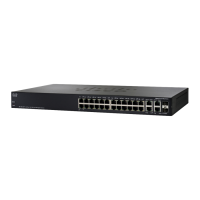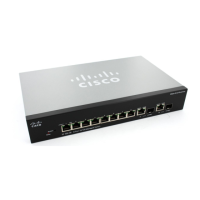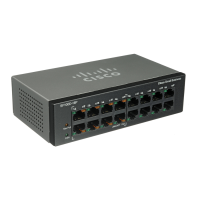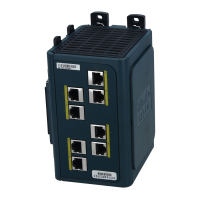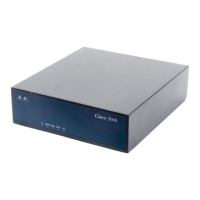Port Management: Unidirectional Link Detection
UDLD Operation
Cisco Small Business 200, 300 and 500 Series Managed Switch Administration Guide (Internal Version) 149
10
If an interface is down and UDLD is enabled, the device removes all neighbor
information and sends at least one ULDL message to the neighbors informing them
that the port is down. When the port is brought up, the UDLD state is changed to
detection.
UDLD Not Supported or is Disabled on a Neighbor
If UDLD is not supported or disabled on a neighbor, then no UDLD messages are
received from that neighbor. In this case, the device cannot determine whether the
link is unidirectional or bidirectional. The status of the interface is then set to
undetermined. The actions taken by the device depend on whether the UDLD
mode is normal or aggressive.
Inconsistent UDLD Mode in Local and Neighboring Device
It is possible for the local device and its neighbor to be set to a different UDLD
mode (normal, aggressive). The UDLD mode is not contained in the UDLD
messages, so that the local device does not know the UDLD mode of the neighbor
and vice versa.
If the UDLD modes are different on the local and neighbor device, the devices act
as follows:
• When the UDLD state of the link is bidirectional or unidirectional, both
devices shut down their ports.
• When the UDLD state of the port is undetermined, the side with the normal
UDLD mode merely issues a notification, while the side with the aggressive
UDLD mode shuts down the port.
If both devices are in normal mode, the port is not shut down when its state is
undetermined.
Reactivating a Shutdown Port
You can reactivate a port that was shut down by UDLD in one of the following
ways:
• Automatically—You can configure the system to automatically reactivate
ports shut down by UDLD in the Port Management > Error Recovery
Settings page. In this case, when a port is shut down by UDLD, it is
automatically reactivated when the automatic recovery interval expires.
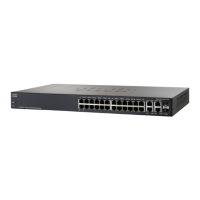
